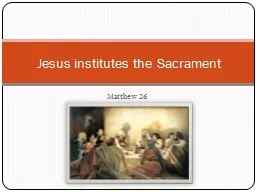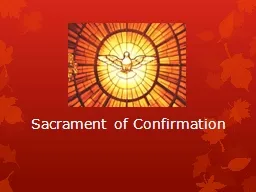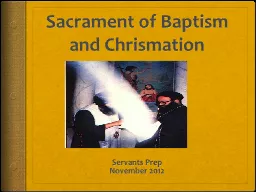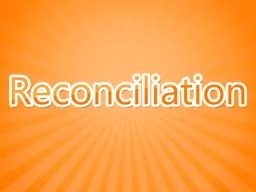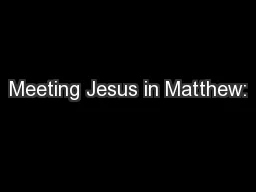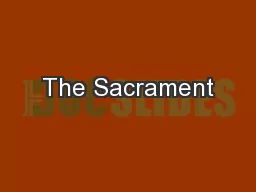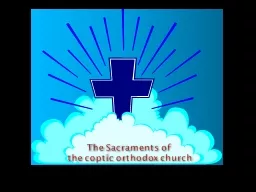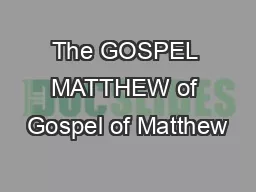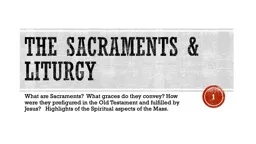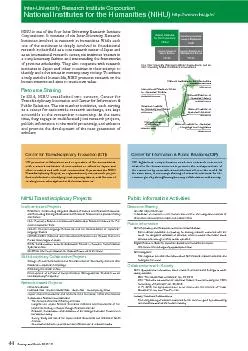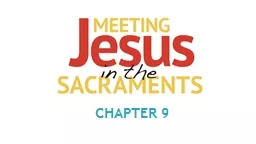PPT-Matthew 26 Jesus institutes the Sacrament
Author : faustina-dinatale | Published Date : 2018-10-30
Matthew 26 Tension mounting its Thursday In Matthew 26613 What principles do you see here Elder James E Talmage explained To anoint the head of a guest
Presentation Embed Code
Download Presentation
Download Presentation The PPT/PDF document "Matthew 26 Jesus institutes the Sacramen..." is the property of its rightful owner. Permission is granted to download and print the materials on this website for personal, non-commercial use only, and to display it on your personal computer provided you do not modify the materials and that you retain all copyright notices contained in the materials. By downloading content from our website, you accept the terms of this agreement.
Matthew 26 Jesus institutes the Sacrament: Transcript
Download Rules Of Document
"Matthew 26 Jesus institutes the Sacrament"The content belongs to its owner. You may download and print it for personal use, without modification, and keep all copyright notices. By downloading, you agree to these terms.
Related Documents

